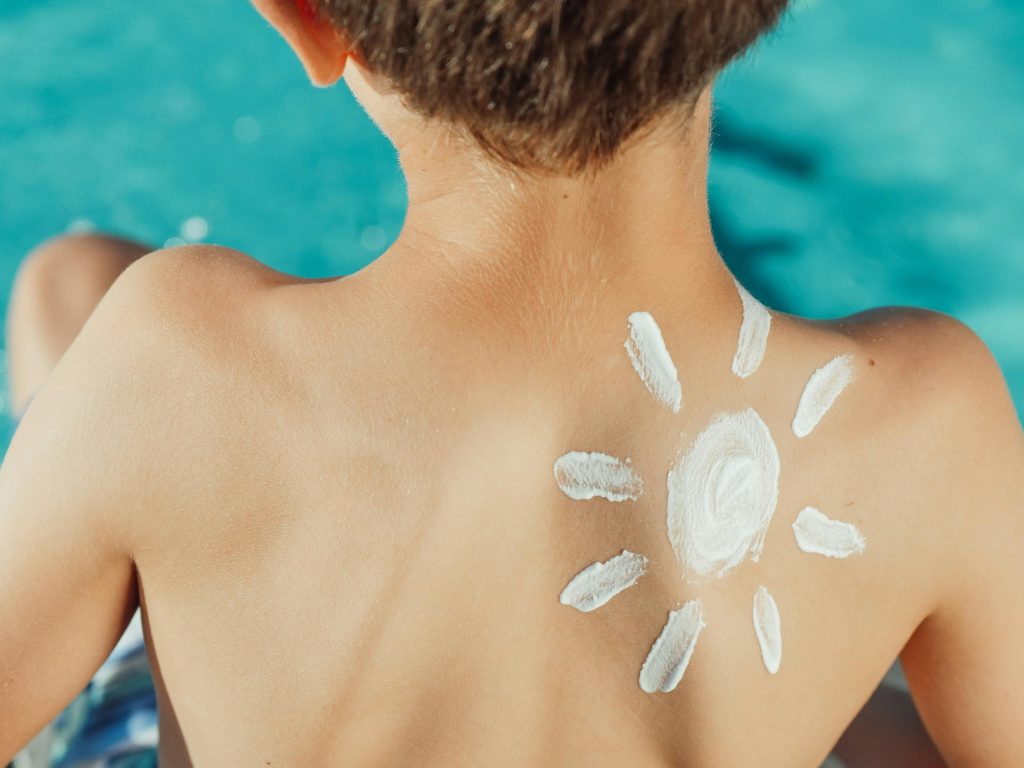Sunscreen often reigns as the ultimate shield against the sun’s harmful rays. But is slathering on sunscreen alone truly sufficient for safeguarding your skin from sun damage? Let’s dive into the science and explore whether sunscreen alone is enough or if additional measures are necessary to keep your skin safe and healthy.
Understanding Sunscreen’s Role
Sunscreen, undoubtedly, plays a crucial role in protecting your skin from the damaging effects of ultraviolet (UV) radiation. It forms a protective barrier that helps to absorb or reflect UV rays before they penetrate the skin. Typically, sunscreens are formulated with active ingredients such as zinc oxide or titanium dioxide, which work by either absorbing UV radiation or scattering it away from the skin.
Slip, Slop, Slap Rule
This mantra, coined by the Australian Cancer Council, emphasises three key actions for sun protection:
- Slip on a shirt: Covering up exposed skin with clothing provides an additional physical barrier against UV radiation.
- Slop on sunscreen: Applying a broad-spectrum sunscreen with a high SPF (Sun Protection Factor) is essential to shield the skin from UV damage.
- Slap on a hat: Wearing a wide-brimmed hat offers shade to the face, neck, and ears, areas commonly prone to sunburn.
Limitations of Sunscreen Alone
While sunscreen is undoubtedly an essential component of sun protection, relying solely on it may not provide comprehensive coverage against UV radiation. Here’s why:
Incomplete Protection: Sunscreen offers protection primarily against UVB rays, which are responsible for sunburns. However, UVA rays, although less intense, penetrate deeper into the skin, contributing to premature aging and skin cancer. Not all sunscreens offer adequate UVA protection, which means relying solely on sunscreen may leave your skin vulnerable to long-term damage.
Application Challenges: Proper application of sunscreen is critical for its effectiveness. Many people fail to apply an adequate amount of sunscreen or forget to reapply it as recommended, compromising its protective benefits. Additionally, factors such as sweating, swimming, or rubbing can diminish sunscreen’s effectiveness, necessitating frequent reapplication.
Environmental Factors: Sunscreen efficacy can be influenced by environmental factors such as humidity, altitude, and time of day. In certain conditions, sunscreen may degrade more rapidly, reducing its effectiveness in shielding the skin from UV radiation.
Improving Sun Protection
To bolster your skin’s defences against the sun, consider adopting the following strategies alongside regular sunscreen use:
Seek Shade: Minimise direct sun exposure, especially during peak UV hours between 10 a.m. and 4 p.m. Seeking shade under umbrellas, trees, or awnings can provide additional protection for your skin.
Wear Protective Clothing: Opt for lightweight, long-sleeved clothing and wide-brimmed hats to shield your skin from UV radiation. Dark-coloured, tightly woven fabrics offer better protection than lighter materials.
Use Sunscreen Wisely: Choose a broad-spectrum sunscreen with an SPF of 30 or higher and apply it generously to all exposed skin at least 15 minutes before sun exposure. Reapply sunscreen every two hours, or more frequently if swimming or sweating profusely.
Protect Your Eyes and Lips: Don’t forget to protect your eyes with UV-blocking sunglasses and your lips with a lip balm containing SPF. These areas are often neglected but are susceptible to sun damage.
Stay Hydrated: Proper hydration is essential for maintaining healthy skin. Drink plenty of water, particularly when spending time outdoors in the sun, to prevent dehydration and support overall skin health.


